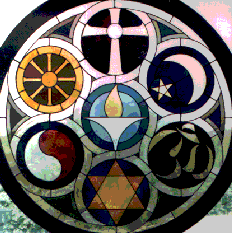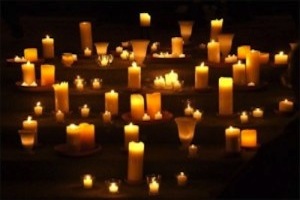Interfaith or Interspiritual?
Interfaith is a genuine movement. It started in 1981 with the first interfaith seminary in the United States under the leadership of Rabbi Joseph Gelberman. He and clergy from several other traditions wanted to bridge the gulf between often-antagonistic religious groups. Gradually, the experiment grew into a network of interfaith seminaries around the country.
In 1999, Brother Wayne Teasdale, a lay Catholic monk, coined the term “interspiritual.” In his book, The Mystic Heart. he wrote:
“Humanity stands at a crossroads between horror and hope. In choosing hope, we must seed a new consciousness… drawing its inspiration from perennial spiritual and moral insights, intuition, and experience. We call this new awareness interspiritual, implying not the homogenization of religion, but the recovering of the shared mystic heart beating in the center of the world’s deepest spiritual traditions.”
Today, many feel that “interspiritual“ is a more accurate representation of the religious impulse that began with Rabbi Gelderman in 1981. The term “interfaith” is now more often associated with sociopolitical impulses to promote tolerance and dialogue between diverse groups (the Interfaith Roundtable, one of our affiliates, is an example).
We continue to call ourselves “interfaith” at the Center to honor the religious diversity among our members. But perhaps the best description of our organization is “an interfaith, interspiritual“ community. We seek to align ourselves with what is most true about the collective wisdom in the world’s mystical traditions: the teaching that each human being is an individual expression of divinity in physical form, and as such, we are all One. This core concept lies at the center of everything we teach.


